Hauser & Wirth opens a new gallery in downtown New York
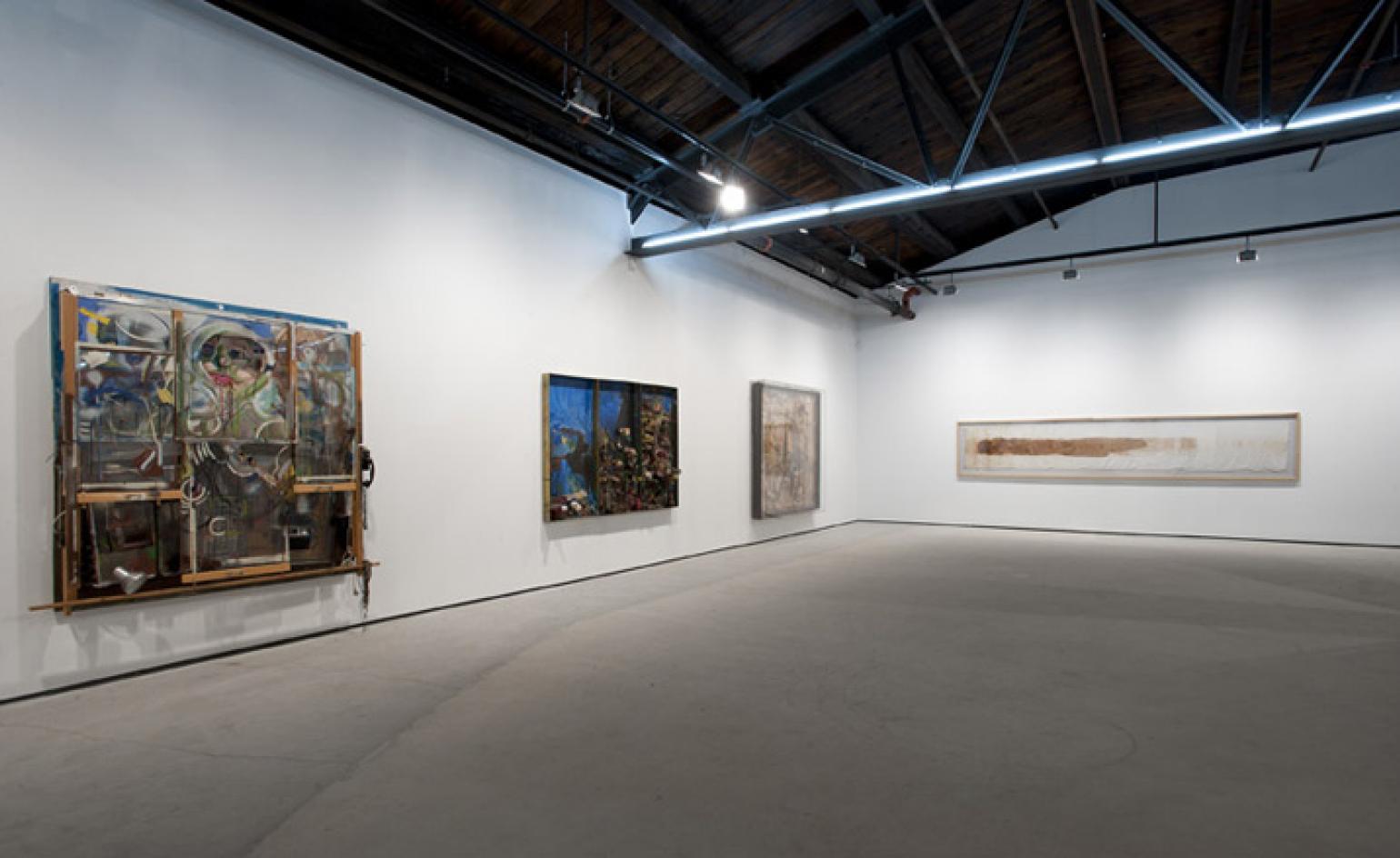
If you thought that New York's Chelsea district couldn't possibly house another gallery, think again. Coinciding with its 20th anniversary, the contemporary art gallery Hauser & Wirth unveiled the sixth member of its family this week - brand new digs on West 18th Street in the nucleus of the Manhattan art district.
Measuring over 24,000 sq ft, the immense warehouse space should ring a bell or two for its visitors; it previously housed the legendary Roxy disco and roller rink until its closure in 2007. After a year's worth of rehabilitation and work conducted by Selldorf Architects - who have designed a number of Hauser & Wirth outposts - the space has been transformed into a single, column-free exhibition hall, complete with trussed ceilings. The new incarnation also features a site-specific installation by Martin Creed, 'Work No. 1461', created from colourful rolls of tape, in its entrance.
Selldorf Architects had just one year to work their magic. 'When we first saw the space last year, it was as if The Roxy had just closed up the night before,' say partners Lisa Green and Sara Lopergolo. 'Everything was in tact. There were even pairs of roller skates still right there. '
It took about four months for Selldorf Architects - the practice behind a legion of galleries for the art world's super dealers - to uncover what lay beneath The Roxy's exterior: great industrial beams, original wood ceilings and skylights that all feature in the new Hauser & Wirth space. 'We couldn't see the structure or what we had to work with initially. There were layers upon layers of foam for soundproofing and everything had been painted black.'
Once they had stripped these back, they retained much of the space's original features, simply adding dry walls and proper track lighting. 'We really wanted to respect the existing architectures,' explains Marc Payot, partner and vice-president of Hauser & Wirth, who will now also serve at the new location's director. Upon entry, visitors will be able to spot where the infamous Roxy roller rink once stood, now a swooping semispherical arc on the concrete floor.
The new venue is currently being inaugurated with an impressive retrospective of German father-and-son performance artists Dieter and Björn Roth. Hauser & Wirth has also commissioned one of the signature Roth bars to be installed in an annex of the gallery. The 'Bjorn Roth Bar' will operate, serving refreshments, and remain in situ for the long term.
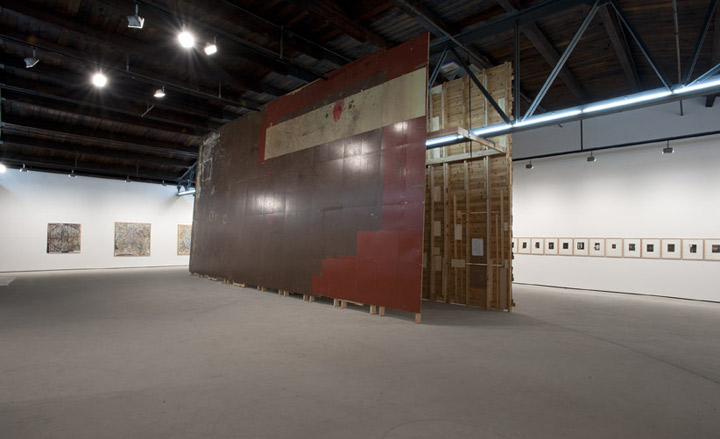
The architects stripped back the layers of soundproofing left over from the space's former incarnation as Roxy disco and roller rink but left the bones of the space as they were. Its gargantuan proportions make it ideal for showcasing the duo's epic-scaled 'The Floor II' (1997-1998).
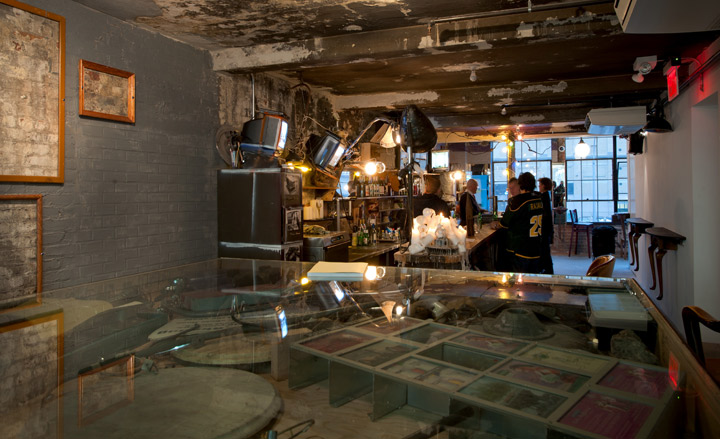
Installation view of the Roth New York Bar, created by Björn Roth / Oddur Roth / Einar Roth especially for the new gallery's annex.

The fully functioning liquor and coffee bar will remain permanently in situ after the exhibition.
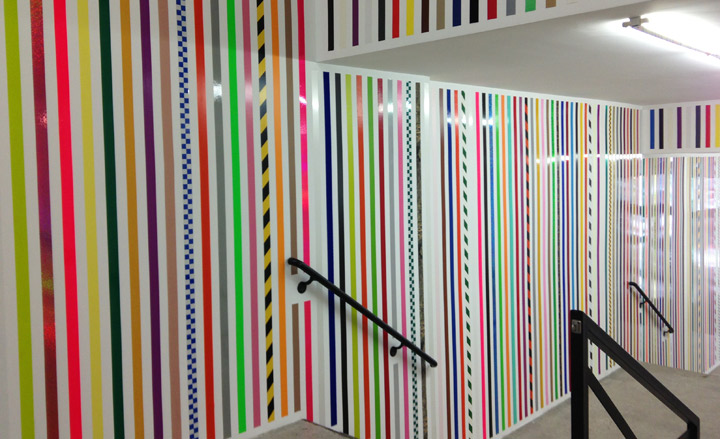
Visitors to the gallery are greeted by 'Work No. 1461', by Martin Creed, in the entrance.
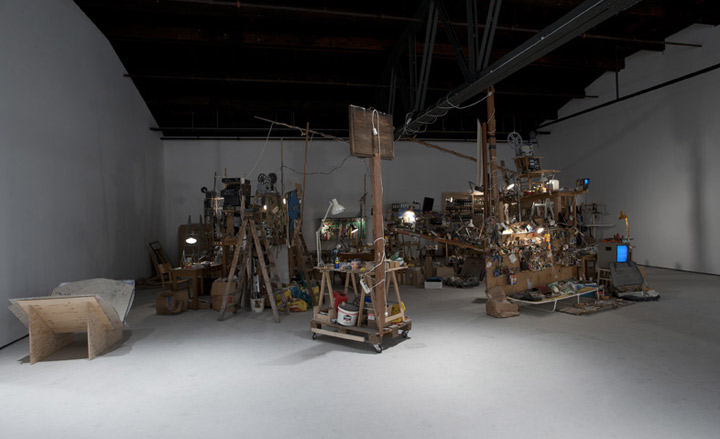
The Roth retrospective - organised in cooperation with the Dieter Roth Foundation - includes several works that have never been seen in the United States before, such as 'Grosse Tischruine (Large Table Ruin)' 1978-1998.

These untitled works by Dieter and Björn Roth (1986-1987/1997) are made up of materials like acrylic paint, spray lacquer, marker, grease crayon, staples, glue and Polaroid photographs, just to name a few.
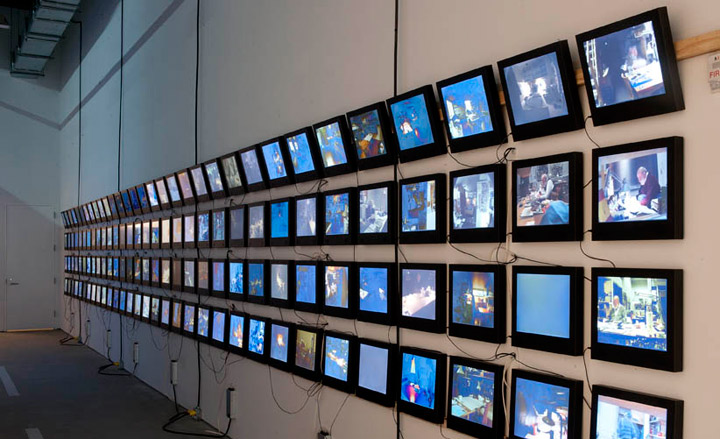
Previously shown in 2004, 'Solo Szenen (Solo Scenes)' is a haunting self-portrait video diary made by Dieter Roth in the final year of his life (1997-1998).

Two of Roth's masterpieces, 'Shokoladeturm (Chocolate Tower)' and 'Zuckerturn (Sugar Tower)' have been recreated by Björn Roth and his sons Einnar and Oddur.
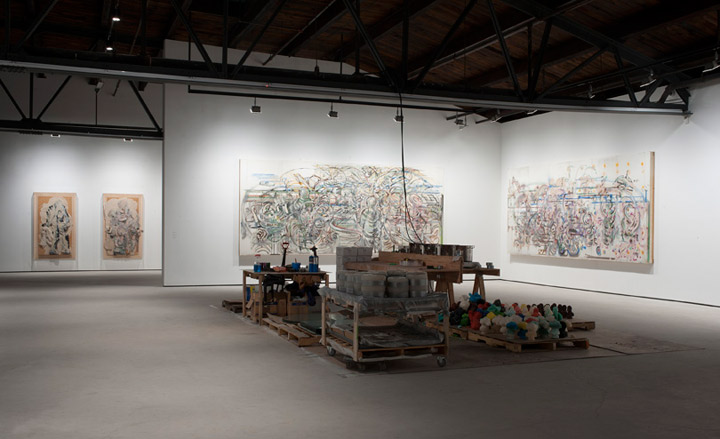
The 'New York Kitchen' where the chocolate and sugar components are cast and molded.

'Ausicht/Ansicht' (1996) - a two part painted work on metal/foam panels by Dieter and Björn Roth.
ADDRESS
Hauser & Wirth
511 West 18th Street
New York
Receive our daily digest of inspiration, escapism and design stories from around the world direct to your inbox.
Pei-Ru Keh is a former US Editor at Wallpaper*. Born and raised in Singapore, she has been a New Yorker since 2013. Pei-Ru held various titles at Wallpaper* between 2007 and 2023. She reports on design, tech, art, architecture, fashion, beauty and lifestyle happenings in the United States, both in print and digitally. Pei-Ru took a key role in championing diversity and representation within Wallpaper's content pillars, actively seeking out stories that reflect a wide range of perspectives. She lives in Brooklyn with her husband and two children, and is currently learning how to drive.
-
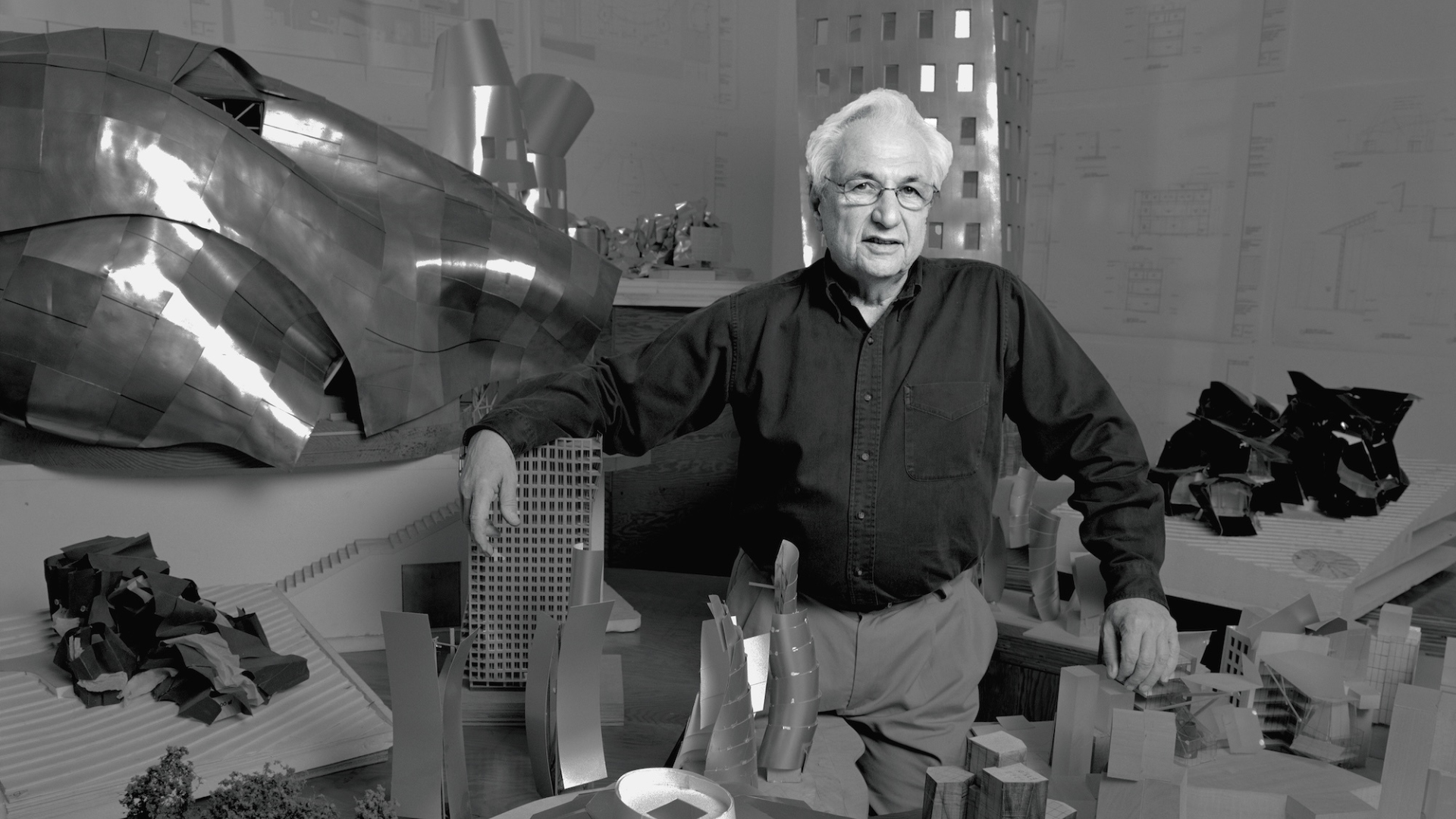 Remembering Frank Gehry, a titan of architecture and a brilliant human being
Remembering Frank Gehry, a titan of architecture and a brilliant human beingLong-time Wallpaper* contributor Michael Webb reflects on the legacy of the Los Angeles architect, who died today at age 96
-
 Lexus finally confirms the name of its all-electric LFA Concept supercar
Lexus finally confirms the name of its all-electric LFA Concept supercarStill designated a design study, the Lexus LFA Concept should be the successor to the most unlikely of all 20th-century supercars
-
 King of cashmere Brunello Cucinelli on his new biographical docu-drama: ‘This is my testimony’
King of cashmere Brunello Cucinelli on his new biographical docu-drama: ‘This is my testimony’Directed by Cinema Paradiso’s Giuseppe Tornatore, ‘Brunello: the Gracious Visionary’ premiered in cinematic fashion at Rome’s Cinecittà studios last night, charting the meteoric rise of the deep-thinking Italian designer
-
 Nadia Lee Cohen distils a distant American memory into an unflinching new photo book
Nadia Lee Cohen distils a distant American memory into an unflinching new photo book‘Holy Ohio’ documents the British photographer and filmmaker’s personal journey as she reconnects with distant family and her earliest American memories
-
 Out of office: The Wallpaper* editors’ picks of the week
Out of office: The Wallpaper* editors’ picks of the weekIt’s been a week of escapism: daydreams of Ghana sparked by lively local projects, glimpses of Tokyo on nostalgic film rolls, and a charming foray into the heart of Christmas as the festive season kicks off in earnest
-
 Ed Ruscha’s foray into chocolate is sweet, smart and very American
Ed Ruscha’s foray into chocolate is sweet, smart and very AmericanArt and chocolate combine deliciously in ‘Made in California’, a project from the artist with andSons Chocolatiers
-
 Inside the work of photographer Seydou Keïta, who captured portraits across West Africa
Inside the work of photographer Seydou Keïta, who captured portraits across West Africa‘Seydou Keïta: A Tactile Lens’, an exhibition at the Brooklyn Museum, New York, celebrates the 20th-century photographer
-
 Out of office: The Wallpaper* editors’ picks of the week
Out of office: The Wallpaper* editors’ picks of the weekFrom sumo wrestling to Singaporean fare, medieval manuscripts to magnetic exhibitions, the Wallpaper* team have traversed the length and breadth of culture in the capital this week
-
 María Berrío creates fantastical worlds from Japanese-paper collages in New York
María Berrío creates fantastical worlds from Japanese-paper collages in New YorkNew York-based Colombian artist María Berrío explores a love of folklore and myth in delicate and colourful works on paper
-
 Out of office: the Wallpaper* editors’ picks of the week
Out of office: the Wallpaper* editors’ picks of the weekAs we approach Frieze, our editors have been trawling the capital's galleries. Elsewhere: a 'Wineglass' marathon, a must-see film, and a visit to a science museum
-
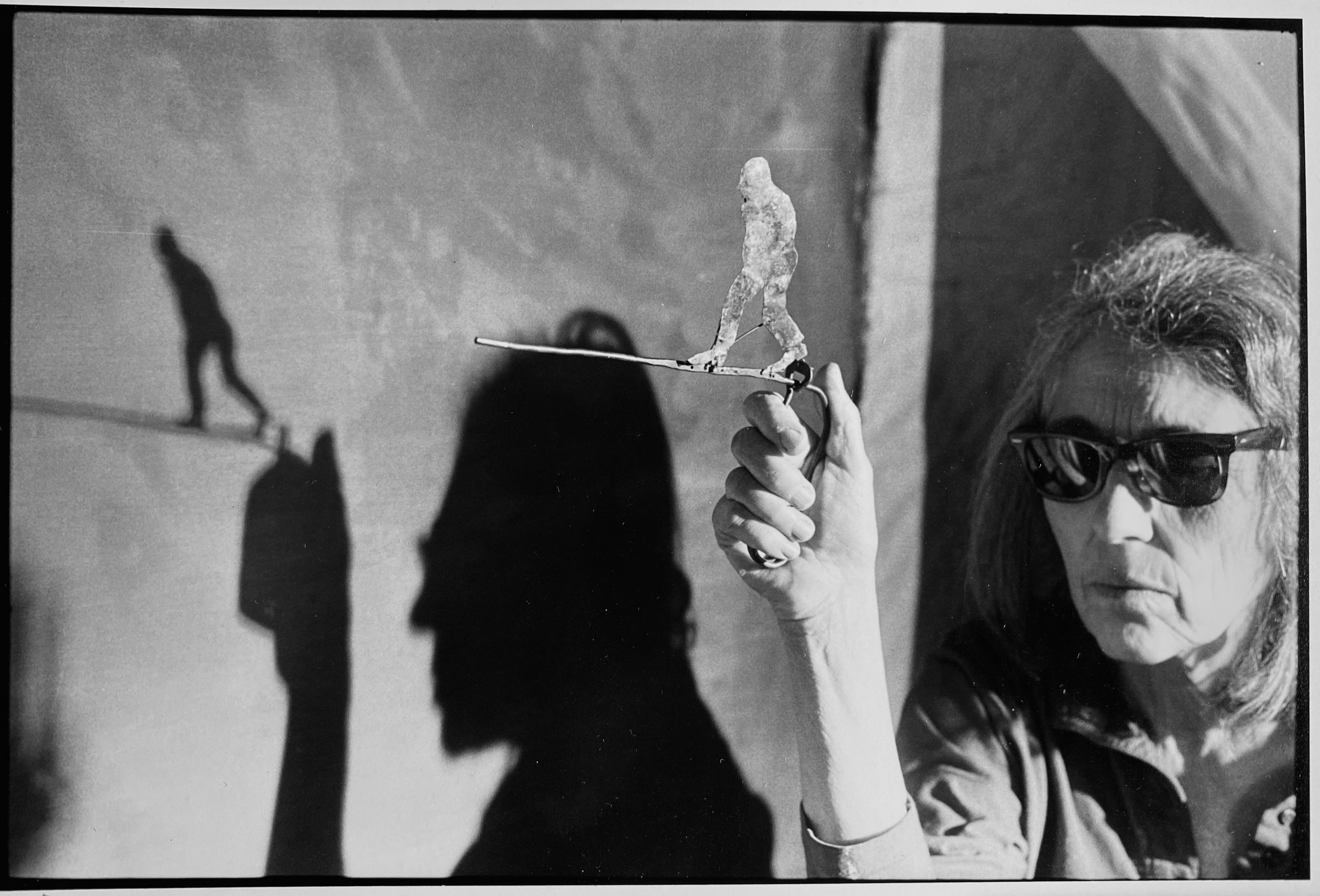 June Leaf’s New York survey captures a life in motion
June Leaf’s New York survey captures a life in motionJune Leaf made art in many forms for over seven decades, with an unstoppable energy and fierce appetite leading her to rationalise life in her own terms.